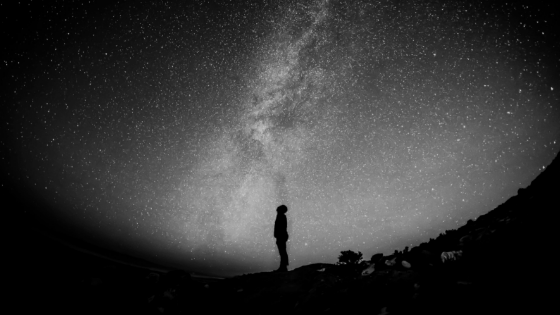Infants are human video recorders; they take in everything that is happening around them and use that information to get along in the world. This is the programming that we receive as children, and it largely determines the context of our life experience.
If we want to change ourselves or spare our own children limiting programming, we will need to take inventory of our programs first. This is not easy because our programs reside in our unconscious.
Outside of our awareness, old beliefs and decisions drive our feeling and behavior: programs are the self-sabotaging white noise of our unconscious mind.
Many of us tryto change, but get stuck because our unconscious beliefs are blocking us. We have the intellectual understanding, but in practice, it’s not working. We don’t know how to “stop” feeling bad. We can’t “make” ourselves change. Often we sit in therapy offices believing that if we talk enough,or cry enough, we will wake up one day feeling better.
This is not so. We can talk, cry, and feel miserable forever. It’s emotionally filling and familiar, and bad feelings reinforce our beliefs. Until we identify the unconscious program and choose a new one, we will likely stay stuck.
When we decide to change the program, the first step is setting up a frame of mind conducive to change: for most of us the biggest obstacle to change is our mindset.
In her 2006 book Mindset: The New Psychology of Success, Carol Dweck, PhD. shows that people achieve what they believe; her research looks at people’s beliefs about their abilities and themselves, and shows a direct correlation between their mindset and their related experience and success.
Intentionally setting up our mind for change will facilitate our forward momentum.
First, we consciously accept the three foundational pillars for change, as captured by Dr. Eric Berne in his theory of Transactional Analysis:
1. Every person is OK.
The concept of Okayness means that every person has inherent worth, value, and dignity. It does not posit that our behavior or our actions are always or ever OK, but we are innately OK human beings.
To pursue a path of healing we must first feel okay as the person we currently are.
The question to ask our Self is, “What am I telling myself about myself to feel so terrible?” “What do I believe I must do or say or become in order to be OK?”
“I’m unlovable.” “I’m not smart.” “I don’t deserve to exist.” “I don’t belong.”
The key to personal change is found in the early decision we made about what we were going to do to feel OK: “I won’t get close to anyone, so I won’t be abandoned.”
“I won’t attempt anything too challenging, so I don’t fail or feel dumb.”
Then we can come up with a new plan for how to feel good and safe, and we say goodbye to the old one.
2. Every person can think.
We can all think for ourselves, and we have the capacity to figure out what we need and how to get it. We may want support and guidance from a therapist or coach, but we are able determine for ourselves.
When we believe that we cannot think for ourselves, we stay confused and stuck; we may give ourselves over to experts and doctors and wait for them to heal us or “fix” us.
When we do not accept that we have the ability to change ourselves, we remain victims, feel helpless and powerless, blame others, or life circumstances. The question to ask our Self is, “How am I stopping myself from problem-solving?” “Do I believe that I have the power and the ability to figure things out on my own?” “Do I believe that my circumstances are outside of my control?”
Perhaps we discount our own ability to think, or others’ ability to handle our decisions, choices, and beliefs. Maybe we want to be rescued. It’s likely that we discount the choices and alternatives that are available.
We may be operating under hidden parental messages of “Don’t think,” “Don’t grow up,” “Don’t make it,” “Don’t be strong.” Maybe we are trying to “Please Others” or “Try Hard” to stay helpless.
3. Every person determines her/his own destiny and can change that decision at any time.
The question to ask our Self is: “Who is deciding my life?” “Who is responsible for me?” “Am I acknowledging the options available to me?” “Am I creating alternatives for myself?”
We choose for ourselves whether actively or passively.Circumstances that exist outside of our control, such as who our parents are or what the weather is are certainly partof life. And what we do with the given is up to us. We decide about our own feelings, thoughts, and behaviors in response to the environment.
Second, after we acknowledge our abilityto change, weconsciously decide to change. We talk with our unconscious mind, lovingly and with compassion:
“You, familiar old disk, have served me well in the past, and now we will be moving on in the service of our Self. You may be resistant in the coming weeks and months, yet I will remain committed and steadfast, and gentle. At first we will feel strange, but soon we will feel good.
I know that you want to protect me and that you believe you know best. But I am grown up now, and capable.”
We enlist our conscious Self, through awareness and present-moment internal dialogue, to override unconscious negative programming as we move through the process of change.
This is a game-changer. Believe it.
A mindset for change is the foundation of our emotional wellness. When we value ourselves the investment in time, money, and effort is worth it. We choose for ourselves within alternatives that exist, or by our own creative thinking. Change is decisional, first.


